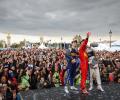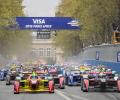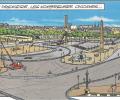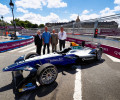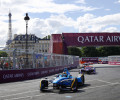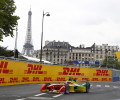FE - The Paris ePrix: “A dream come true”
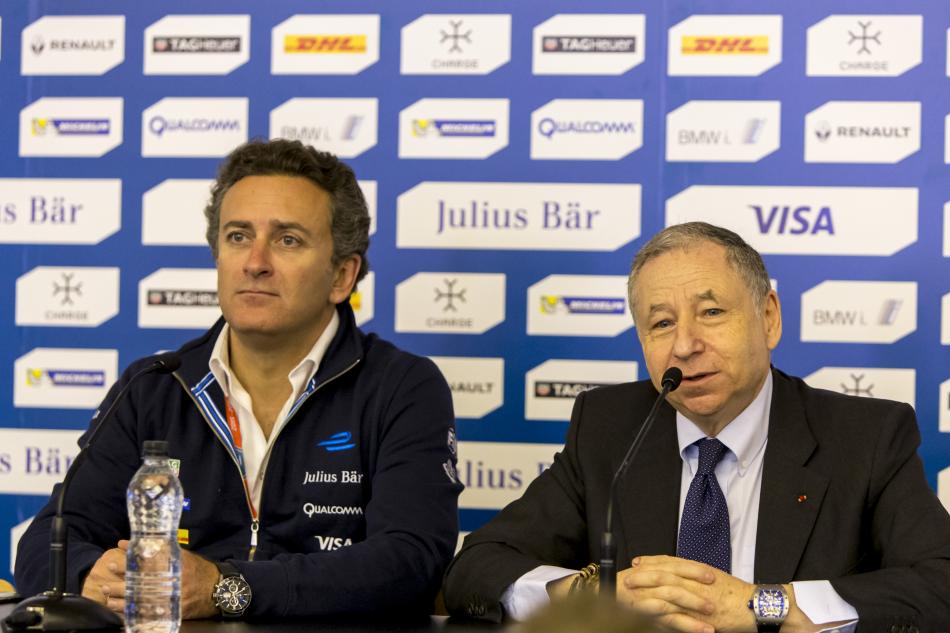
As a city, Paris is no stranger to motor racing. While it has been 70 years since the Coupe René le Bègue took place on the Saint-Cloud street circuit, and 64 years since the Autodrome de Linas-Montlhéry played host to a Coupe de Paris, the city of light has a long history of automotive sport dating back to the 1895 Paris-Bordeaux race.
Since the Second World War, top tier motorsport had largely moved away from city streets and onto purpose-built circuits designed with both racing and safety in mind.
But with the advent of Formula E in 2014 - an idea that was conceived in Paris - motor sport is now back on the streets of the world’s major cities, bringing electric racing direct to the people, and leaving pollutants and noise behind.
“To see motorsport once more on the streets of the French capital is something I have always wanted, ever since I began my life in the world of racing,” FIA president Jean Todt said of the first Paris ePrix. “It did not happen just by chance - it happened because of the commitment of a lot of people coming from the government of France, the city of Paris...
“I want to highlight that the previous mayor - Bertrand Delanoë - was very important in taking the idea forward, as were the present mayor Anne Hidalgo,and Rachida Dati, without whom it could not have happened. All of these people made it happen, and of course so did the group around Alejandro and the group around the FIA,” Todt concluded.
Thirty years ago, Todt told the New York Times this week, he had been part of a delegation tasked with convincing the then-government to host a grand prix in the streets of Paris. “We did not get the authorization — the noise, the vibrations, the historic monuments, it wasn’t possible,” he said. With Formula E, however, the window of opportunity was wide open. “Here we were able to justify the organization, because the message is fundamentally different.”
Only Formula E could have brought motor racing back to the streets of Paris, series CEO Alejandro Agag revealed. “In the first meeting we had with city hall, they told us ‘if your cars were not electric, we would not be sitting at this table’. That is how the meeting started.
“We’ve been incredibly positively impressed by the level of work right from when the political decision was taken,” Agag continued. “The mayor of Paris was of course fundamental to this, as was the mayor of the 7eme arrondissement, and the minister of sports. Once the political decision was taken, everything has been absolutely like clockwork.
“Once the political decision was taken, the level of efficiency and of speed of all the French administrations has been very impressive. I would say it has been the best I have experienced in the world. We have had incredible cooperation. The assembly of the track - which is very complicated - has been probably the best one so far, so we are really impressed by the professionalism of all the police, military, and civil servants. We are racing around a military facility and they have been incredibly supportive of the event.”
For Agag, a French ePrix was a must. Not only can the European country lay claim to having given birth to the concept of motor racing, but it is also the nation that can boast the most connections to FE, with four French drivers on the current grid, plus series ambassador Alain Prost, and partners and suppliers ranging from Citroen and Renault to Michelin.
“Having a race in France is very important for us,” Agag agreed. “Not only is France the country where motorsport as we know it today was created, it is also the home of the governing body, the FIA. On top of that it is the home of our founding partner Michelin, is where the cars are built by Spark, and the land of Renault and DS. … Formula E has very strong French DNA.”

 Facebook
Facebook Twitter
Twitter